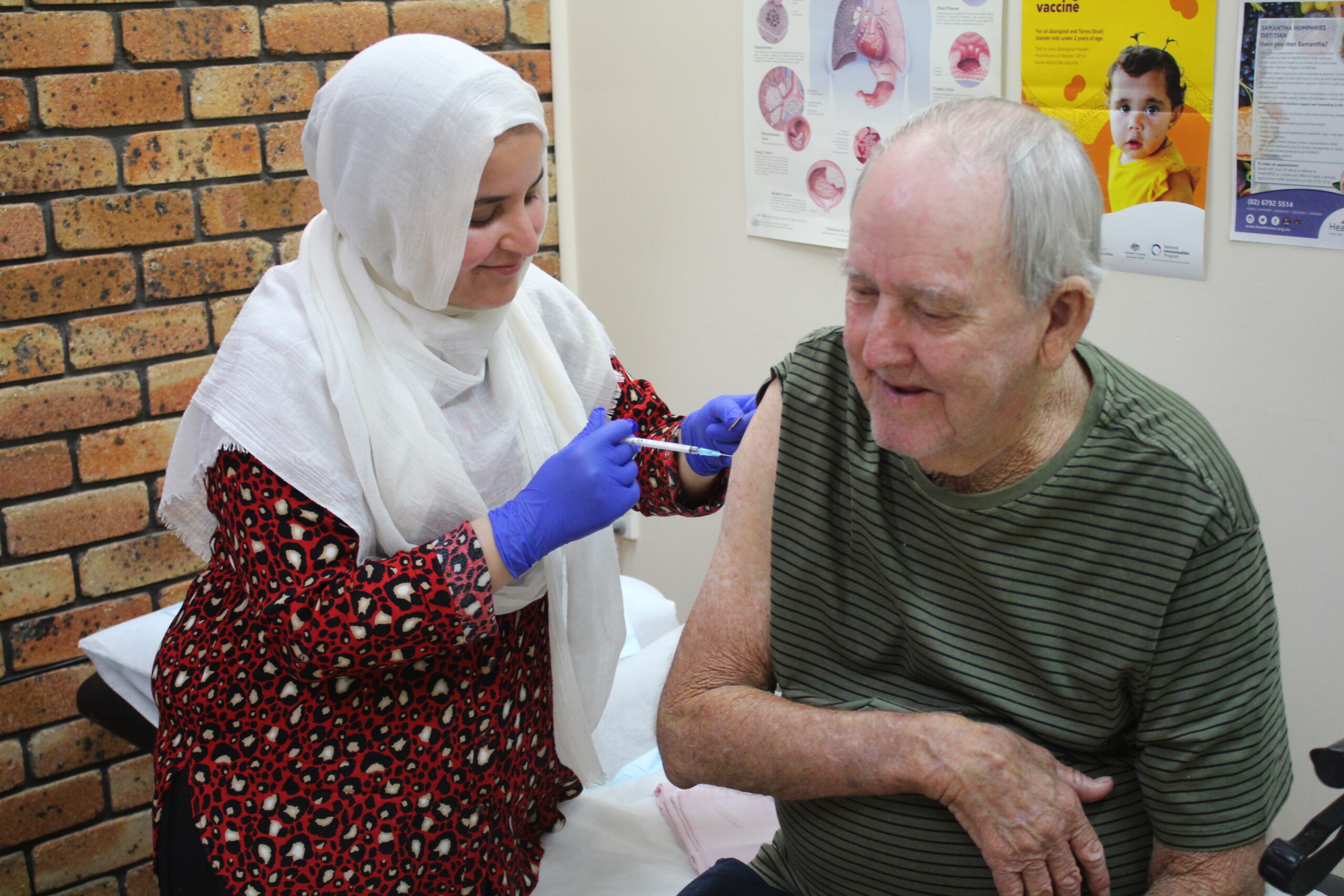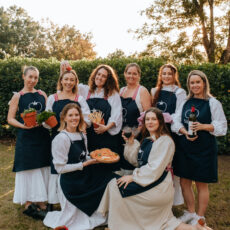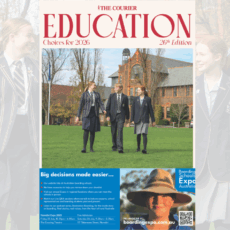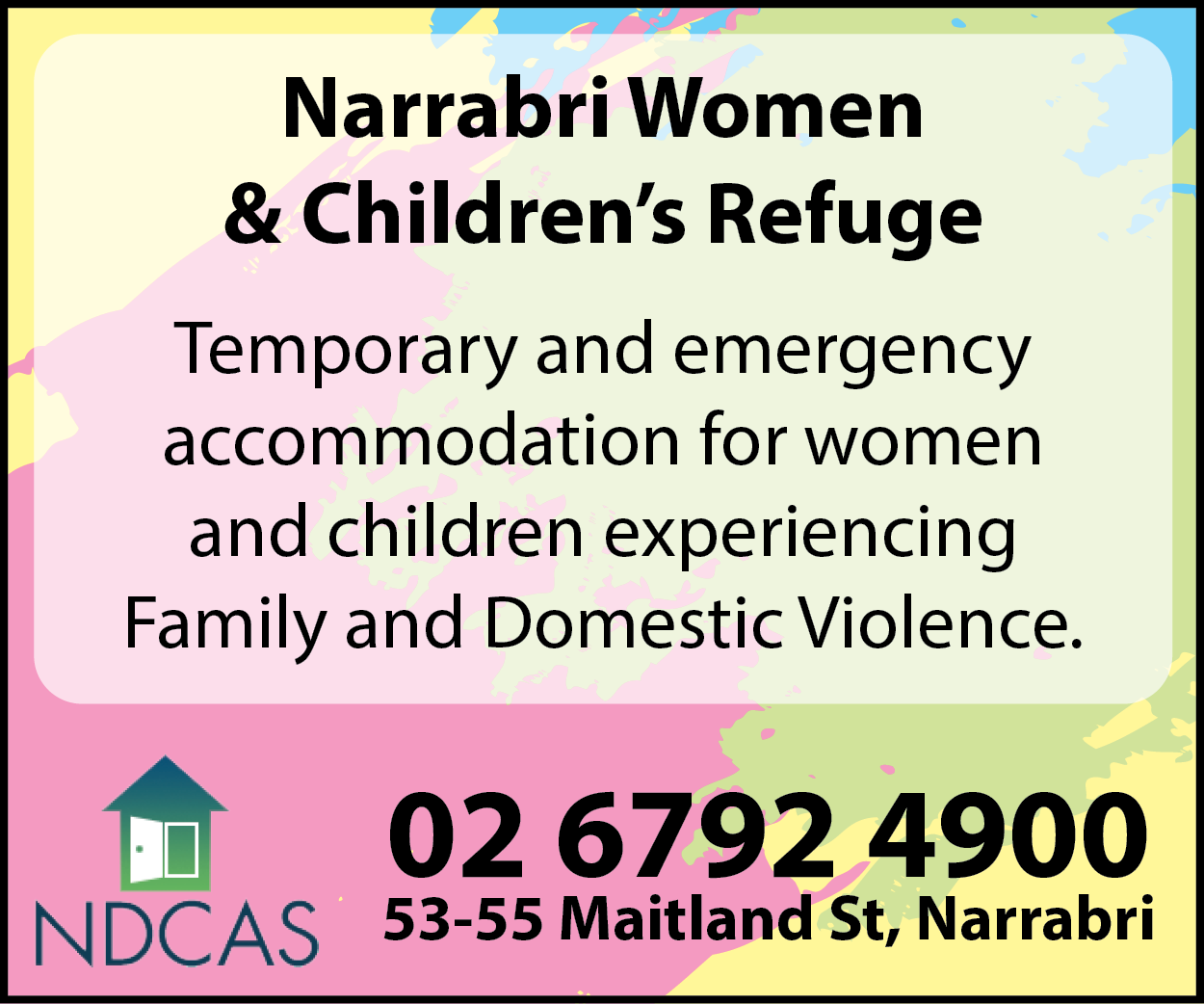The highly anticipated COVID-19 vaccine has reached the public of Narrabri, and all eligible locals are being encouraged to “get the jab” as soon as possible.
During the last week, local vaccination providers have started administering the free injection according to phase one of the rollout.
This first phase includes part A and part B, with all included in these categories now eligible for the vaccine.
Phase 1A, commencing earlier this year, includes quarantine and border workers, frontline health care worker sub-groups, and – most relevant for the Narrabri Shire – aged care and disability care staff and residents.
Moving on to phase 1B, elderly adults aged 70 years and above, other health care workers (including local GPs, nurses and anyone working in a health care facility eg, receptionists at doctors’ offices), Aboriginal and Torres Strait Islander people aged 55 years and above, 18-year-olds and above with an underlying medical condition (including those with a disability) and critical and high-risk workers (including defence, police, fire, emergency services and meat processing eg, butchers) can now receive their vaccine.
The Narrabri practices that are currently administering the vaccine include; Maitland Street Medical Centre, Namoi Medical Services and Bridge Medical Centre.
Maitland Street Medical Centre’s GP obstetrician Dr Navin Erathnage, and registered nurse Jeana Bautista, are encouraging those in phase 1B to book an appointment for the vaccine as soon as possible.
“The only way we will end this pandemic, as we’ve seen happen with past viruses, is to get as many people vaccinated as we can,” Ms Bautista explained.
“Whooping cough, influenza – the only way to protect people from such diseases is to get the vaccine, COVID-19 is no different.”
“Clinical trials have been done, and the vaccines are TGA approved, so we know this medicine is safe to use.”
Each practice is taking their own approach to how eligible patients can get vaccinated.
For example, Maitland Street Medical Centre has opened a COVID-19 vaccine-specific clinic within its office.
Namoi Medical Services are running clinics of ten, one each morning and one each afternoon, according to a waiting list.
“One vial is equivalent to ten injections, so we’re running clinics of ten twice a day,” Namoi Medical Services’ Jane Phillips explained.
Meanwhile Bridge Medical Centre is also rolling out the vaccine for eligible patients.
According to Ms Bautista, getting vaccinated can encourage herd immunity and decrease the chance of the virus continuing to spread.
“By getting the vaccine you are helping protect those who cannot get it themselves,” she explained.
“For example, children and teens under 18-years-old will not be receiving the vaccine, so we all need to get it to ensure their safety.”
“Not only that, but the people in phase one are the most vulnerable, so you need to be getting vaccinated to keep yourself safe too.”
Of the two vaccines that have been approved for use in Australia, regional areas like Narrabri are currently using the AstraZeneca option.
“Australia has been very cautious throughout the pandemic, and we know both the AstraZeneca and Pfizer injections are safe to use during this phase of the rollout,” Ms Bautista said.
“For rural towns, AstraZeneca is more likely to be used because the temperature it needs is much more achievable than that of Pfizer.”
“AstraZeneca needs conditions equivalent to 2-8°C, which is the same as many common vaccines, while Pfizer requires us to maintain temperatures between -80°C and -60°C,” Dr Navin said.
“So, it’s easier to transport and store AstraZeneca out here in the bush, but metropolitan areas like Sydney are mostly using Pfizer.”
AstraZeneca is an Australian-made vaccine, created in conjunction with the University of Oxford, and will be used for the rest of phase 1B.
However, this may change during later stages of the rollout.
Late last week, Prime Minister Scott Morrison addressed blood clotting concerns with evidence from the Australian Technical Advisory Group on Immunisation (ATAGI).
“The risk of blood clotting side effects from the AstraZeneca vaccine is four to six in one million people, in the first four to 20 days post the vaccine,” he said.
“This is a rare but serious side effect.”
“On that basis, the recommendation is that it is preferred that the Pfizer vaccine be provided to adults under the age of 50.”
Mr Morrison said that the AstraZeneca vaccine should only be given as a first dose to adults younger than 50 “where the benefit clearly outweighs the risk for that individual”.
The government is advising that anyone under the age of 50, who is already booked in to receive their first dose of AstraZeneca, please talk to a health professional to weigh up their personal benefits and risks.
“So far, all reported cases of thrombosis with thrombocytopenia syndrome have occurred after the first dose of the AstraZeneca COVID-19 vaccine,” a government-issued press release explained.
“Based on this, ATAGI recommends that if you have received your first dose of the AstraZeneca vaccine without this side effect, you can receive your second dose as planned, even if you are younger than 50 years of age.”
Australians should be reassured that for those priority participants over the age of 50, in this early phase, AstraZeneca is still recommended.
“The vaccination program will continue, particularly for the most vulnerable Australians in phase 1B including those over the age of 70 who are not impacted by this revised advice,” Mr Morrison said.
For anyone who is unsure whether they’re eligible or not, Ms Bautista encourages you to use the COVID-19 Vaccine Eligibility Checker on the Australian government’s Department of Health website.
“It’s very user-friendly, so you can easily find out if you’re eligible – otherwise you can call our practice and our team can help,” she said.
To order photos from this page click here










